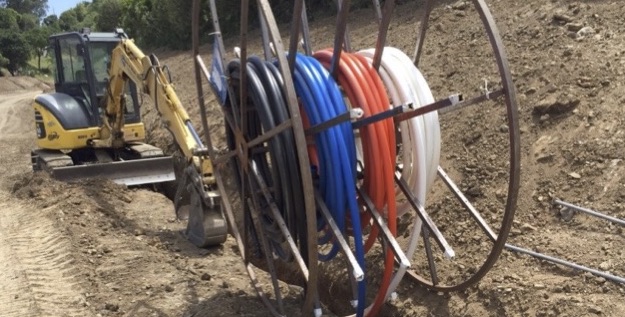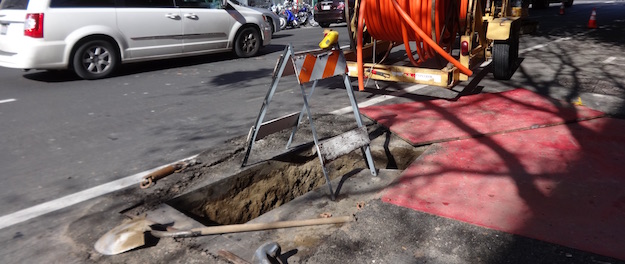Microtrenching bill lands in California senate with the wrong answer to the right question
![HLundgaard [CC BY-SA 3.0 (https://creativecommons.org/licenses/by-sa/3.0)] Microtrench](https://www.tellusventure.com/images/2019/microtrench.jpg)
Microtrenching – cutting a narrow slit in a road, inserting fiber and sealing it with glue – is an excellent tool that can result in faster broadband infrastructure deployment at lower costs. But like any tool, it’s only useful when it suits the job at hand. One of the main reasons – I’d say the main reason – the technique isn’t used more often is that there’s no set of best practices, design specifications and employment parameters that is commonly accepted by broadband companies, utility operators and, crucially, the public works and transportation officials who are responsible for road construction and maintenance.… More


![By Manuel Dohmen (Own work) [GFDL (https://www.gnu.org/copyleft/fdl.html), CC-BY-SA-3.0 (https://creativecommons.org/licenses/by-sa/3.0/) or CC BY-SA 2.0 de (https://creativecommons.org/licenses/by-sa/2.0/de/deed.en)], via Wikimedia Commons](https://www.tellusventure.com/images/2017/5/dollar_notes.jpg)
![By Noclip (Own work) [Public domain], via Wikimedia Commons](https://www.tellusventure.com/images/2016/11/capitol_hill.jpg)


